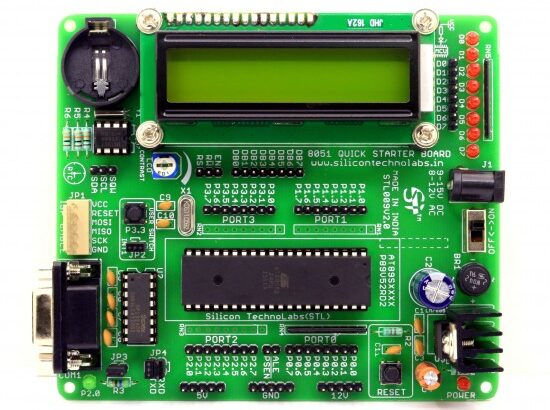What is a Development Board?
A Development Board is a hardware platform designed to assist engineers, hobbyists, and developers in creating and testing electronic projects. Also known as dev boards or prototyping boards, these devices provide a convenient environment for experimenting with microcontrollers, microprocessors, and other electronic components without the need to design a complete circuit from scratch.

Important Features to check while Buying Development Board :
Microcontroller/Microprocessor:
Development boards are built around a specific Microcontroller or microprocessor, which serves as the brain of the electronic system. Examples include Arduino boards with ATmega Microcontrollers, Raspberry Pi with ARM processors, or STM32 Nucleo boards with ARM Cortex-M processors. Microcontrollers for embedded systems mainly fall into three categories based on the width of their data buses: 8-bit, 16-bit and 32-bit. There are others, but these are the most popular ones.In general, 8-bit Microcontrollers are geared toward lower end applications, and 32-bit ones are for the higher ends, with 16-bit for mid-end applications.
-
Input/Output (I/O) Pins:
These boards typically come equipped with a set of pins that allow users to interface with external components such as sensors, actuators, displays, and communication modules. These pins can be easily accessed for wiring and connecting additional components.
-
Power Supply:
Most development boards are designed to be powered easily, often through USB or an external power source. This simplifies the testing and development process without the need for complex power supply circuits.
-
Integrated Components:
Some development boards include integrated components like LEDs, buttons, and sensors on the board itself. These components are useful for quick testing and experimentation.
-
Programming Interface:
Development boards usually feature a convenient way to program the microcontroller or microprocessor, often through USB. They support various programming languages and development environments.
-
Clock Frequency :
Microcontroller need a clock source, and this is normally provided by either an internal resistor-capacitor (RC) oscillator, or by using an external crystal for more timing critical applications.
-
Communication Protocols :
Microcontroller uses various communication protocols to connect with other Microcontrollers, Sensors or Modem. These include combinations of USART’s, SPI, I2C, ADC, USB, LIN, CAN and other interfaces.
-
Community Support:
Many popular development boards have a thriving community of users. This community support includes forums, online tutorials, and a wealth of shared projects, making it easier for beginners to learn and for experienced developers to seek help.
Check Out Top 10 Best Development board for your DIY Projects
Here I will share you the List of 10 Best Microcontroller based Development board that you can use in your Project
